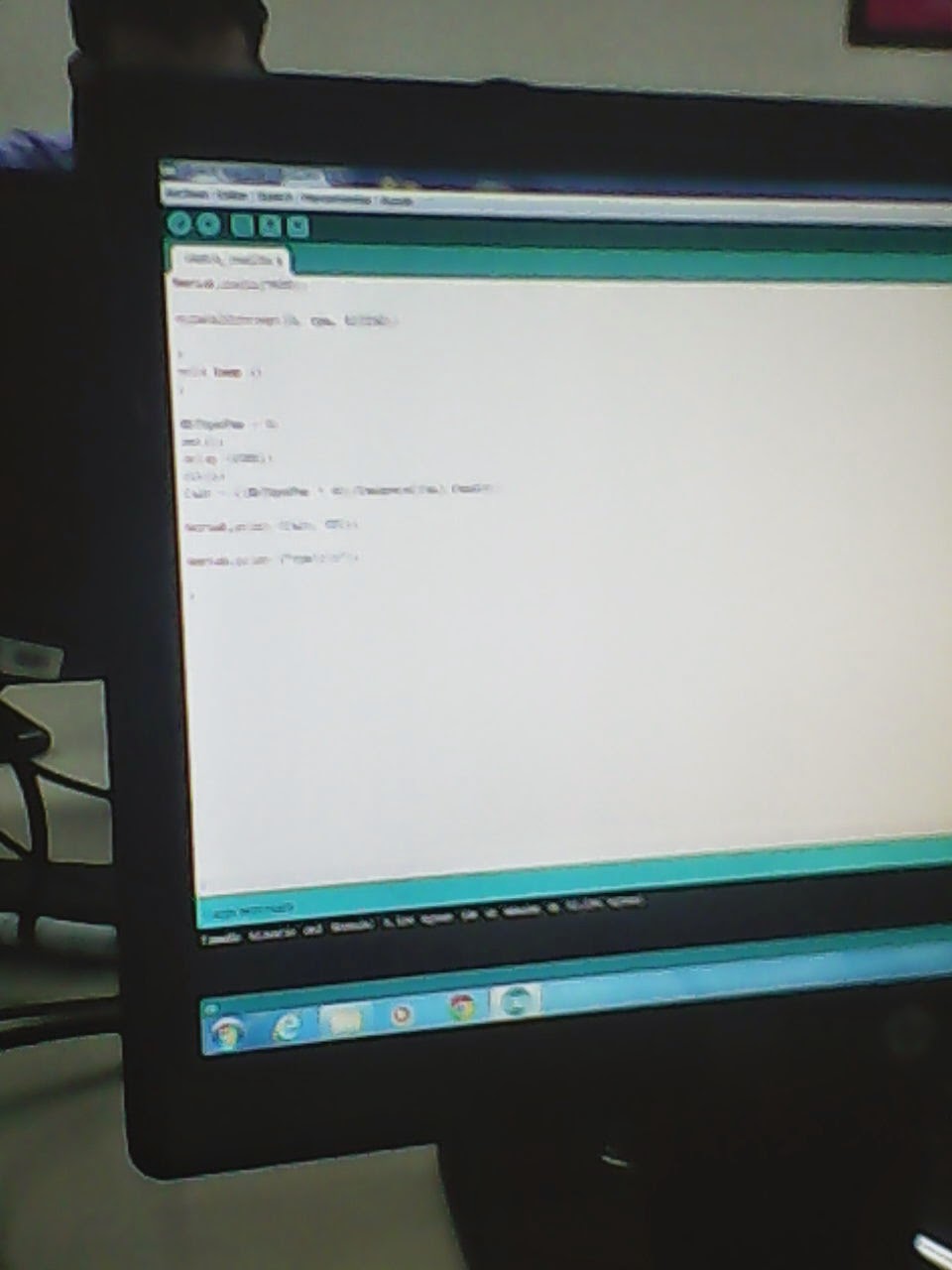// include the library code:
#include <LiquidCrystal.h>
#include <SPI.h>
#include <Ethernet.h>
#define max_he 255
// initialize the library with the numbers of the interface pins
LiquidCrystal lcd(7, 6, 5, 4, 3, 2);
// Enter a MAC address and IP address for your controller below.
// The IP address wixll be dependent on your local network:
byte mac[] = {
0xDE, 0xAD, 0xBE, 0xEF, 0xFE, 0xED };
IPAddress ip(192,168,1,14); //direccion ip configurada para funcionar con el servidor.
// Initialize the Ethernet server library
// with the IP address and port you want to use
// (port 80 is default for HTTP):
EthernetServer server(80);
String Http = String(max_he);
void setup() {
// set up the LCD's number of columns and rows:
lcd.begin(16, 2);
// Print a message to the LCD.
lcd.print(">>");
Http = "";
// start the Ethernet connection and the server:
Ethernet.begin(mac, ip);
server.begin();
Serial.begin(9600);
Serial.print("server is at ");
Serial.println(Ethernet.localIP());
}
void loop() {
// set the cursor to column 0, line 1
// (note: line 1 is the second row, since counting begins with 0):
//lcd.setCursor(0, 1);
// print the number of seconds since reset:
//lcd.print(millis()/1000);
// Turn off the display:
lcd.noDisplay();
delay(500);
// Turn on the display:
lcd.display();
delay(500);
// listen for incoming clients
EthernetClient client = server.available();
if (client) {
Serial.println("new client");
// an http request ends with a blank line
boolean currentLineIsBlank = true;
while (client.connected()) {
if (client.available()) {
char c = client.read();
if (Http.length() < max_he){
Http += c;
}
// if you've gotten to the end of the line (received a newline
// character) and the line is blank, the http request has ended,
// so you can send a reply
if (c == '\n' && currentLineIsBlank) {
// send a standard http response header
client.println("HTTP/1.1 200 OK");
client.println("Content-Type: text/html");
client.println("Connection: close"); // the connection will be closed after completion of the response
client.println("Refresh: 30"); // refresh the page automatically every 5 sec
client.println();
client.println("<!DOCTYPE HTML>");
client.println("<html>");
client.println("<form method=\"GET\">");
client.println("<input type=\"text\" name=\"msg\" size=\"10\" />");
client.println("<input type=\"submit\">");
client.println("</form>");
client.println("</html>");
break;
}
if (c == '\n') {
// you're starting a new line
currentLineIsBlank = true;
}
else if (c != '\r') {
// you've gotten a character on the current line
currentLineIsBlank = false;
}
}
}
// give the web browser time to receive the data
delay(1);
int firstPos = Http.indexOf("?");
if(firstPos > -1){
int lastPos = Http.indexOf(" ", firstPos+5);
String text = Http.substring(firstPos+5, lastPos);
// Serial.print("[" + text + "]");
lcd.print(text);
Http = "";
}
// close the connection:
client.stop();
Serial.println("client disonnected");
}
}









































